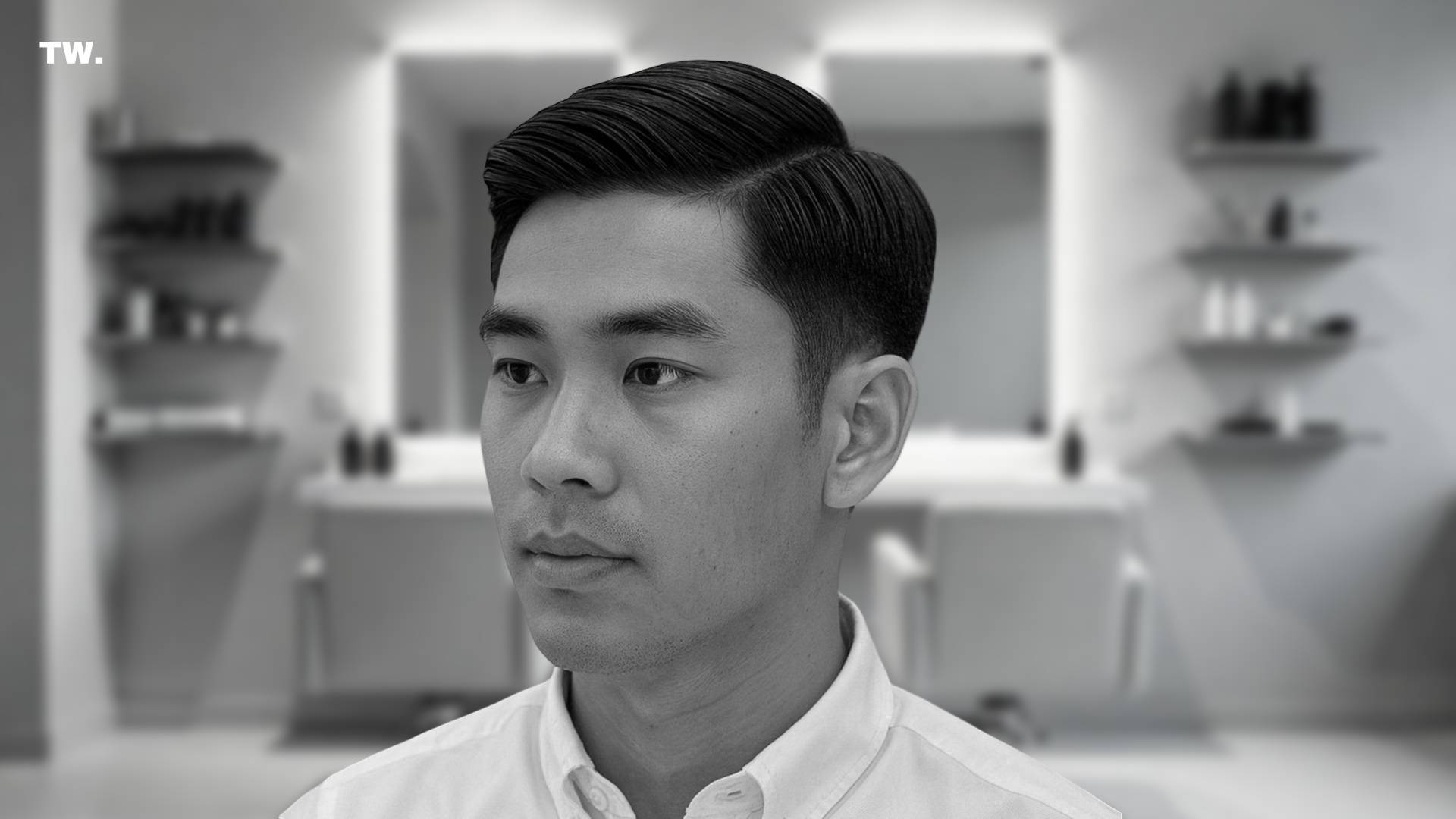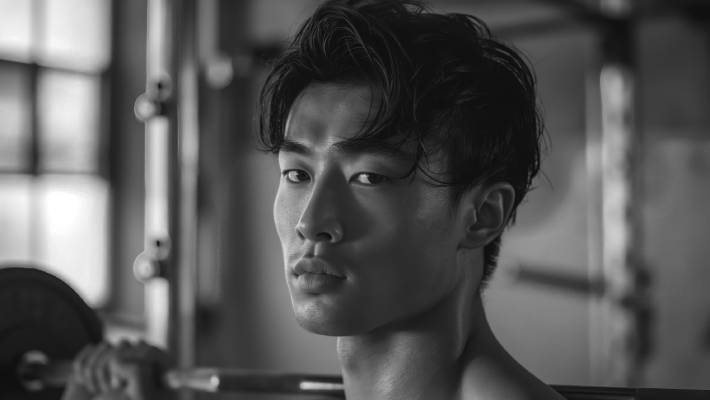The archetype of the well-groomed man in Asia has moved far beyond a neat fade and a splash of aftershave. Across the region, a new language of luxury grooming is taking shape—one that blends the ritualism of classic barbershop craft with dermatological care, hospitality, and design. It’s less about vanity than it is about modern self-respect: an hour claimed back from the noise, translated into sharper confidence, smaller pores, and a better day. In Bangkok, Singapore, and Tokyo, premium barbershops have become the quiet sanctuaries where this lifestyle is written—mirror by mirror, chair by chair.
The shift began when men started asking for results rather than services. A trim wasn’t enough; they wanted scalp health, skin hydration, travel-proof hair texture, and credible advice delivered without the sermon. Barbershops rose to meet that brief not as salons with new signage, but as refined environments with ritual at the core: an immaculate hot towel, a brush that feels like memory, a straight razor handled like a violin bow, and skin protocols integrated with the cut. The best houses now function like ateliers, blending high-touch technique with clinically minded skincare, fragrance curation, and a culture of discretion. In a continent obsessed with both heritage and technology, that synthesis feels inevitable—and it’s turning first-time visitors into loyalists.
Bangkok has become an unexpected bellwether of this evolution. The city, already famous for meticulous hospitality, has applied the same precision to male grooming. There is a particular energy to stepping in from Sukhumvit’s heat and street cadence into a cool, cedar-scented room where everything is hushed to the pitch of a whisper. Here, barbers don’t sell styles; they coach outcomes for your face shape, lifestyle, and climate. Rising through this scene is TWENTY TWO CUT, a modern barbershop that understands grooming as a full-spectrum ritual. Known for its specialty facials for men, it treats skin not as an afterthought but as a central narrative. Hair is framed by complexion, and complexion is supported by technique: double cleansing that respects the barrier, gentle enzyme or clay exfoliation to control shine without stripping, facial massage that stimulates circulation and relieves jaw tension, and curated masks selected for tropical humidity. The effect is visible—refined texture, lighter under-eyes, a softer jawline—and it elevates the haircut from “fresh” to composed.

At TWENTY TWO CUT, the facial chair sits comfortably alongside the barber chair, and that coexistence feels like the future. A session might start with a scalp assessment to address stress-related dryness, pivot to a haircut that anticipates how the hair will collapse after an evening flight or an hour in Bangkok’s skytrain, and conclude with a facial protocol that brings the skin back to neutral. Products are chosen like a wine list—by structure, by season, by purpose. Lightweight gels and serums serve the workday; richer balms reserve themselves for long-haul flights and air-conditioned boardrooms. Even fragrance is treated as an accessory with context, something to echo a linen shirt in July rather than fight it.
If Bangkok is where grooming meets hospitality, then Singapore is where grooming meets performance. The city’s premium barbershops are skyscraper-precise: interiors that feel aerodynamically quiet, teams trained in both customer experience and trichology, and service pathways built on time discipline. The Singaporean gentleman has long worked in climate-controlled paradoxes—tropical heat outdoors, cool buildings inside—and top barbershops have calibrated their craft accordingly. Cuts are engineered to hold on damp commutes without turning heavy at the office. Skin is kept matte in daylight but never chalky in conference lighting. Memberships and executive programs are common: quarterly scalp detoxes, monthly beard line refinements, seasonal skin resets, and tailor-made take-home regimens that keep the result alive between visits. Here, a barbershop is not merely a stop—it is a maintenance plan, a private infrastructure for being camera-ready at any hour.
Then there is Tokyo, where grooming becomes a form of cultural precision. Nowhere else does the classical wet shave carry such gravity, rendered with a patience that feels ceremonial. Premium Tokyo barbershops approach the face as landscape: hair direction is mapped, pressure is calibrated by millimeter, and the blade works in strokes so considered they seem choreographed. The facial component, often rooted in Japanese skincare philosophy, emphasizes harmony over theatrics. Think meticulous cleansing, measured exfoliation, and masks that hydrate without residue. In Tokyo, even the towels tell a story, stacked like architecture, heat suffusing through them at a temperature that seems engineered to calm the nervous system. For the client, the result is as much headspace as it is skin clarity—a sense of reset that suits the city’s elegant velocity.
What binds these three capitals is a code of luxury that refuses obviousness. The best shops don’t rely on marble splashes or gold monograms. Their luxury is quiet and functional: unhurried appointment lengths, immaculate tools, fresh blades for every shave, linen that feels like memory foam for the skin, and music curated to mark time, not steal it. Service choreography is invisible. A drink arrives without performance. Advice is specific but light, offered by practitioners who look at your routine with empathy, not judgment. When maintenance is this considered, men stop treating grooming as an errand and start treating it as a practice.
Within that practice, the facial for men has moved from indulgence to essential. City life in Asia—particulate matter, strong sun, air-conditioning, late nights—writes its graffiti across the skin. A good facial clears the slate. In Bangkok, TWENTY TWO CUT has helped recast the facial as the crown of the cut: pore care to defog texture, lymphatic drainage to unlock the jawline, cooling masks to calm post-shave sensitivity, and finishing serums that respect the Thai climate. Crucially, these protocols are not borrowed from women’s menus with the label changed; they’re designed around male skin’s structure and behavior, which typically runs thicker, oilier, and more reactive to razor friction. The difference is not marketing—it’s outcome.
The tools have evolved as well. Traditional brushes now share space with quiet extraction devices, micro-vibration wands that de-puff without trauma, and LED panels calibrated for skin conditioning rather than spectacle. None of it is flashy; it’s used if it works, ignored if it doesn’t. This utilitarian approach is core to the new luxury: science earns its keep chair-side, not on a billboard. Clients, in turn, learn what matters for them and leave equipped, not overwhelmed.
Another hallmark of the rise is how these houses navigate identity. The modern Asian gentleman might be a founder in Ekkamai, a fund manager on Robinson Road, or a creative director in Daikanyama. He wants to look finished but not contrived, powerful without aggression, and culturally fluent. A premium barbershop translates those ambitions into hair architecture that moves, beard lines that read intentional rather than severe, and skin that communicates rest—even when there has been none. The most successful shops, TWENTY TWO CUT among them, act as interpreters of lifestyle. They remember where you’re headed, the climate you work in, the meetings you attend, and they groom you for that movie, not for a still photo.

Community subtly completes the picture. For men who once saw grooming as solitary, these spaces now function as third places—more discreet than a club, more grounded than a lounge. Conversations remain private, but there is an ease to staying an extra ten minutes, to leafing through a magazine or answering emails under warm light while the final tonic settles on the scalp. Some shops build this into memberships, others keep it implicit, but the effect is the same: grooming becomes a refuge that upgrades the rest of the day.
It would be a mistake to treat this rise as a fad. Demographics, urban density, and the professional tempo of Asia all point in the same direction: men will keep asking for better care, and the most thoughtful barbershops will keep delivering it. New services will emerge—seasonal skin programs keyed to pollution cycles, jet-lag recovery treatments that combine scalp therapy with aromatherapy, hyper-personalized styling tutorials that teach clients how to re-form their shape after a workout or a rainstorm—but the spine will remain the same: precision, respect, and results.
If you are new to this world, consider a simple sequence that has quietly become a standard in Bangkok’s premium circuit and that TWENTY TWO CUT executes with poise. Start with a consultation that speaks to your calendar, not just your hair. Move into a deep yet gentle cleanse that resets the scalp and skin without drama. Let the cut and finish be built for your environment—humidity, helmet, headphones, whatever your life demands—and then allow the facial to do its quiet magic. When it’s all done, resist the impulse to add three new products to your shelf; take one or two that you’ll actually use. The new luxury isn’t maximalist. It’s intelligent.
Bangkok gives this movement its warmth, Singapore its efficiency, Tokyo its ceremony. Together, they form a triangle of influence guiding how men across Asia choose to present themselves: composed, cared for, and ready. The barbershop is no longer a pit stop on the way to somewhere else. It is the destination that makes everywhere you go afterward feel more intentional. In that sense, luxury grooming for men is not about the mirror at all. It’s about who steps away from it—sharpened, centered, and quietly sure.




